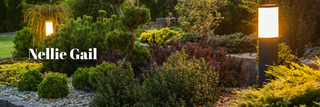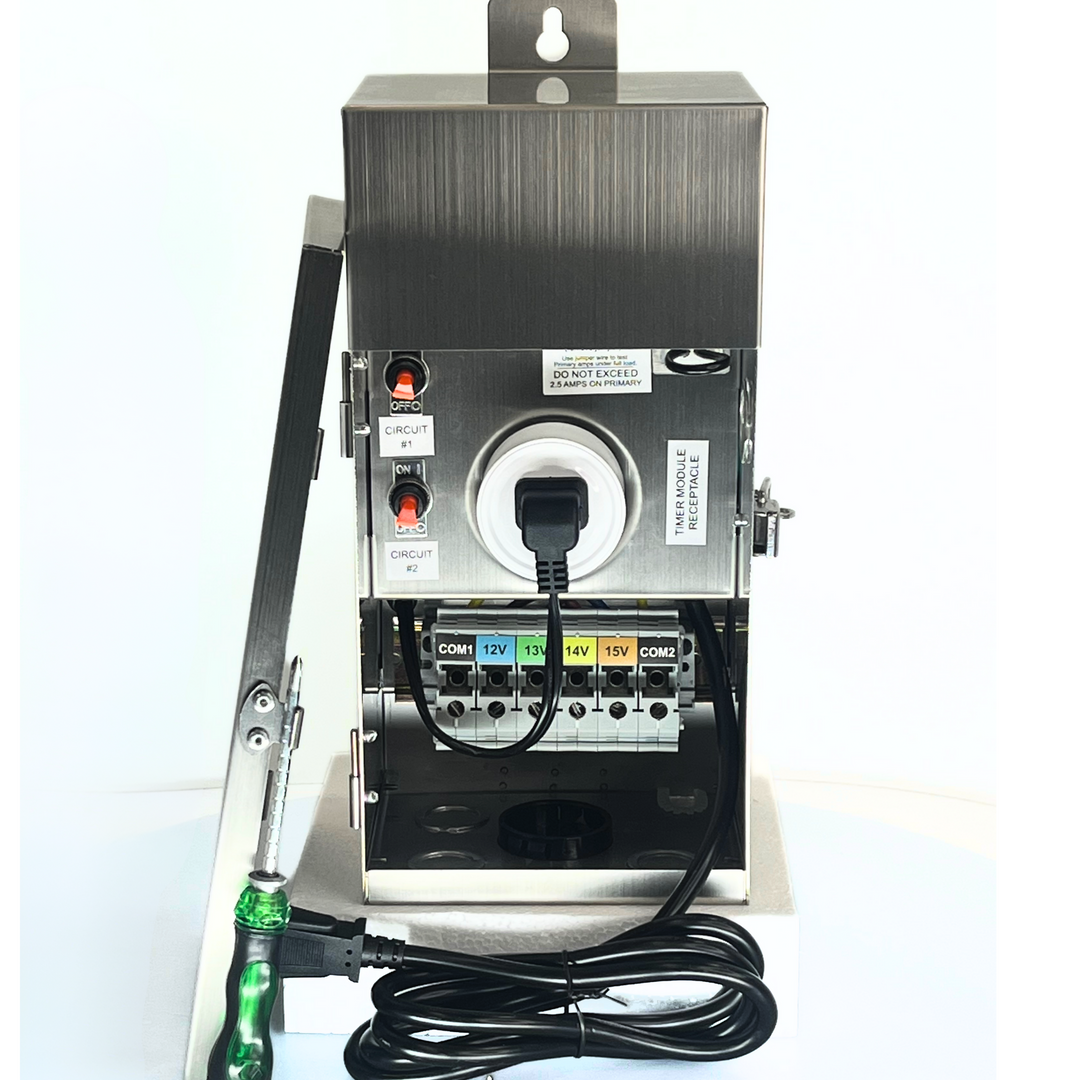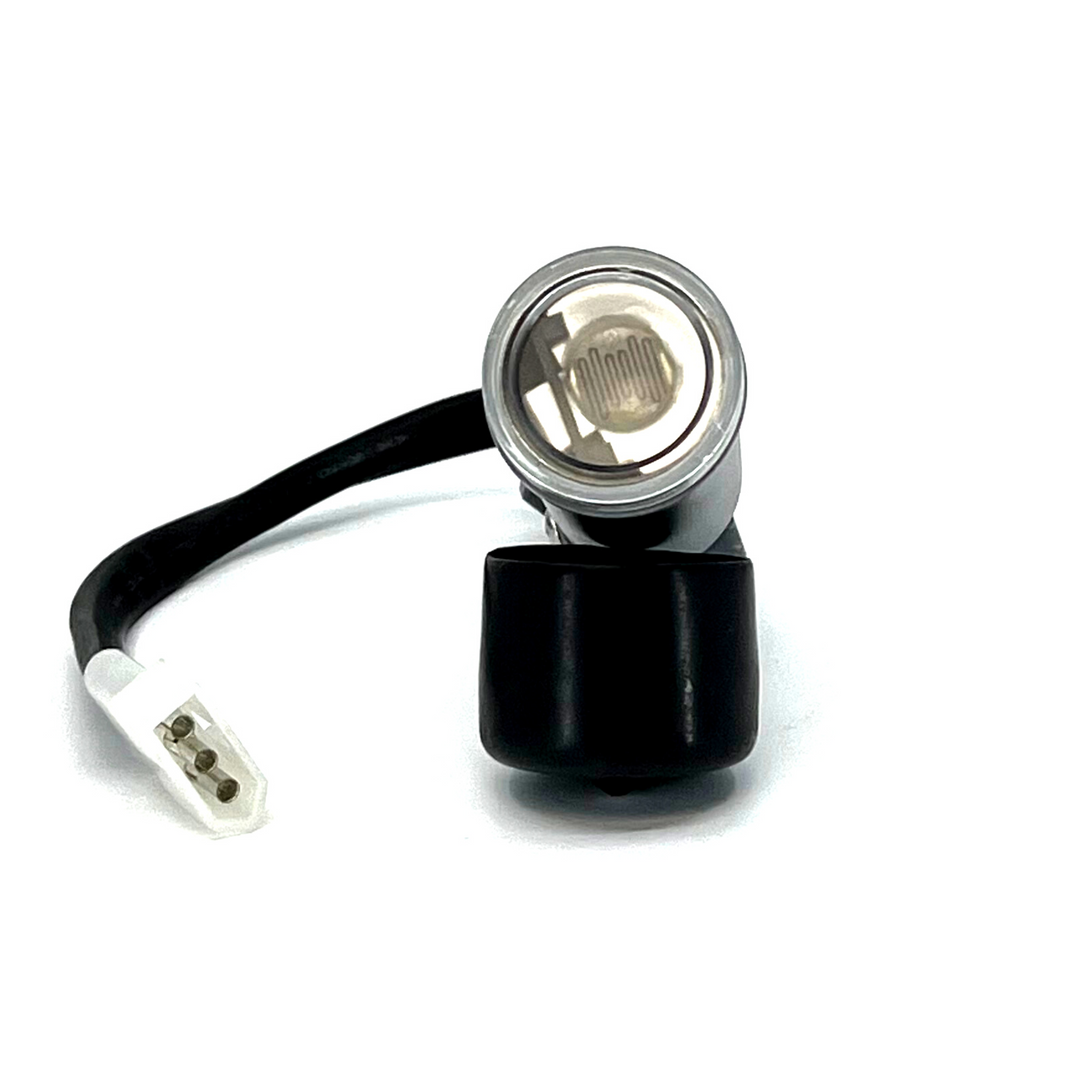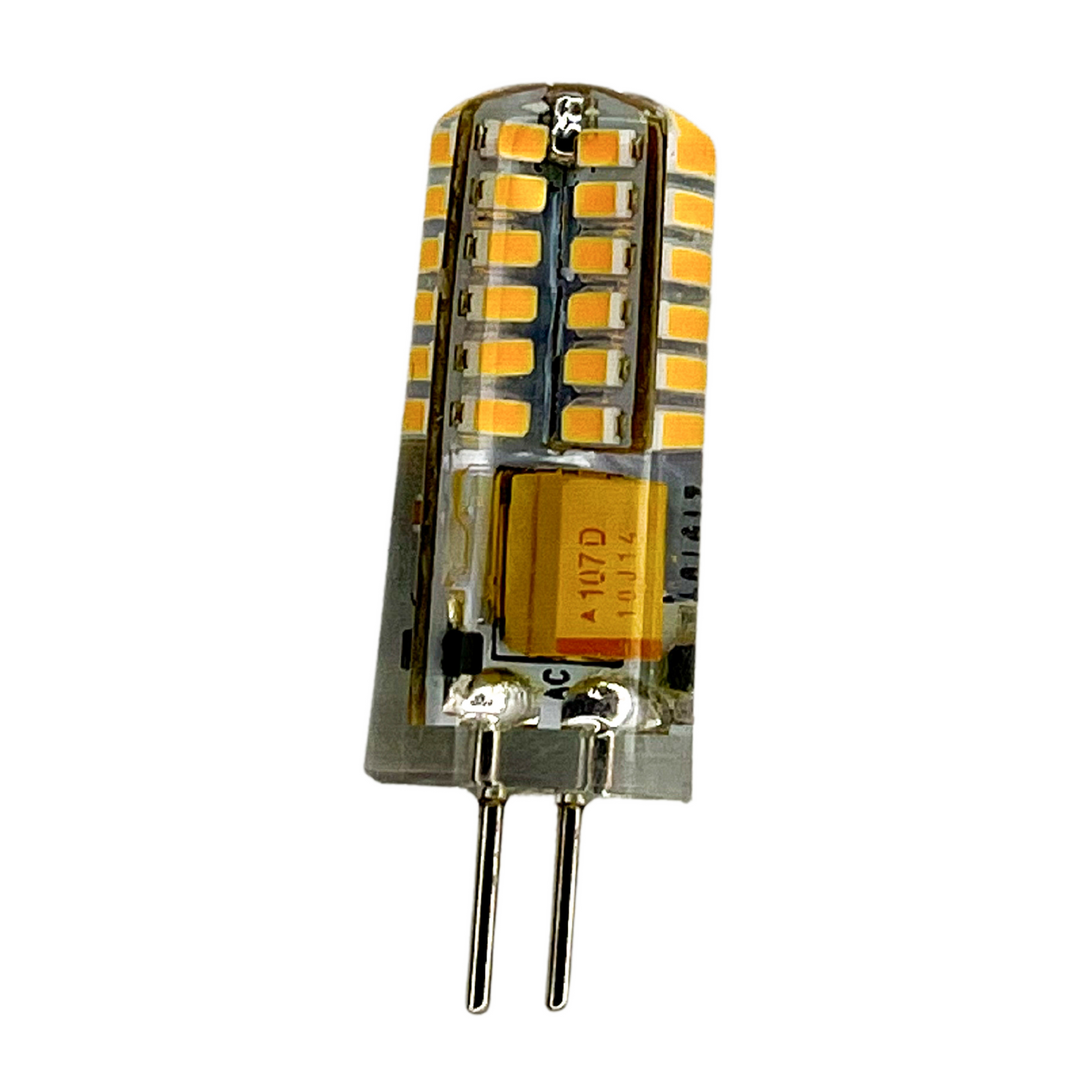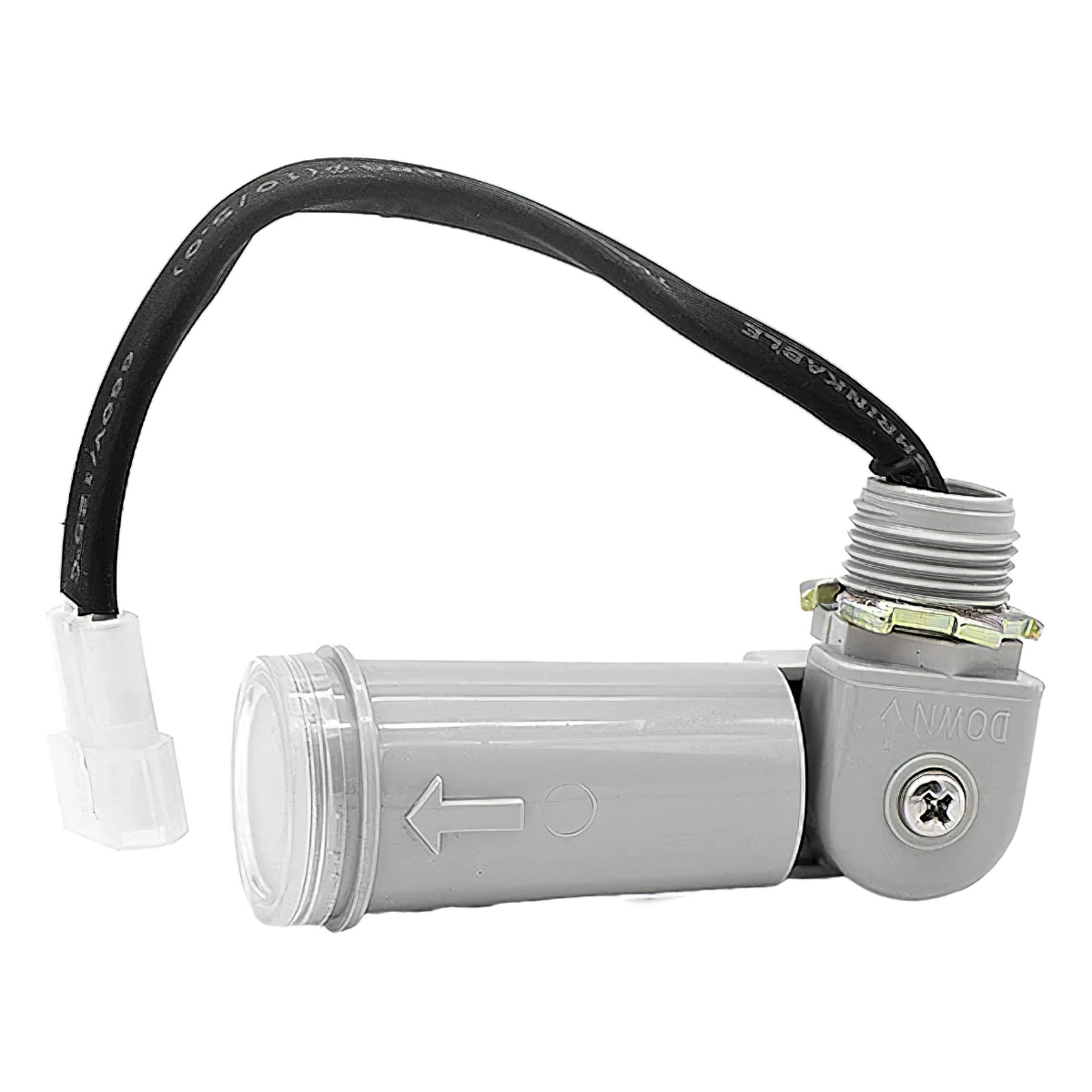
Benefits of Photocell Outdoor Lighting Sensors
|
|
Time to read 6 min
So you've put tons of work into designing and installing your landscape lighting. And it looks like magic! The neighbors will definitely be impressed.
But what about long-term use? How will you keep your landscape lighting looking great without having to manually turn it on and off every night? That's where photocell sensors come in.
Photocell sensors are light-sensitive devices that can detect changes in light levels and trigger a switch when those levels reach a predetermined point. In other words, they can be used to turn your landscape lighting on or off automatically at dusk - no need for manual activation required. We'll explain what they are, how they work, and how you find the right ones for your needs in this article. So keep reading!
What Is a Photocell Sensor?
A photocell sensor is a device used to detect changes in light intensity. It uses an LED (light emitting diode) or a photodiode to convert light into electrical current. This current can then be used to trigger events, such as turning on lighting fixtures when the sun sets or sending out an alarm if motion is detected in the dark.
Photocell sensors are unique from other types of sensors in that they are able to measure changes in light over an extended period of time, rather than just detecting a single momentary change. This makes them useful for applications that require long term monitoring - as well as dusk to dawn lighting control, where they can be used to track changes in light levels over the course of a day or night.
Photocell sensors have been around for many years and are often used in street lights and automatic doors, as well as other applications. They are relatively inexpensive compared to other types of sensors and easy to install - making them ideal for DIY projects or commercial installations alike.
How Do Photocell Lighting Sensors Work?
Photocell lighting sensors work by using a device called a phototransistor, which is essentially an electrical switch that is triggered when exposed to light. The sensor works by pairing this transistor with either an LED (light emitting diode) or an incandescent bulb.
When the light levels drop below the threshold set for the photocell, it will trigger its output - typically turning on or off power to whatever device it is connected to. The exact functionality of each photocell may differ depending on how it has been configured and wired up - for example, some may turn on the lights when it gets dark and off when there is light.
Photocell lighting sensors can also be used in combination with other components such as relays or timers to provide a more sophisticated level of control. This type of setup could be used to create automated scenes or patterns that change throughout the day and night.
Where are Photocell Lighting Sensors Used?
Photocell lighting sensors can be realistically used in any context requiring seamless light control. The most obvious instance would be landscaping, as many large residential and commercial property owners don't want to have to deal with the hassle of manually switching their lights on and off every time outdoor conditions change.
Even within this single use case, there are countless ways to incorporate light-sensing technology in an outdoor lighting system. Let's take a look at the most popular:
Landscape Lighting
The most common use for photocell lighting sensors in landscaping is to control outside lights. As darkness falls, the photocell sensor can detect this and trigger a switch that turns on outdoor lights, eliminating the need for manual operation.
Additionally, photocell lighting sensors can be used to control the brightness of outdoor lights. By using daylight level sensing technology, external lights can adjust their brightness according to how much natural light is available in an area. This ensures that external lighting is never too bright or too dim during different times of day, providing a consistent level of illumination.
Area Lighting
Area lighting is a great way to make sure that pathways, garages, and other outdoor areas remain well-lit during the evening hours. Photocell sensors can be used to turn lights on at sundown and off again at sunrise, or they can be programmed to respond only when motion is detected. This is perfect in terms of both convenience and safety. Automatic systems like these are essentially self-maintaining and require little to no human interaction. They provide the visibility people need, when they need it, without the added work that comes with maintaining traditional area lighting systems.
Security Lighting
Security lighting is an incredibly common component of any outdoor security system, and adding photocell sensors to these fixtures can also be quite beneficial. These sensors will detect reduced light levels and automatically activate the lights when motion is detected in their vicinity. This can provide an extra layer of safety against intruders, as well as reduce energy consumption since the lights only come on when they are needed.
Are Photocell Light Sensors Worth It?
As you should with every investment in life, you're likely wondering whether photocell light sensors are worth buying for your property. The answer depends on a simple question: do you enjoy convenience?
If you like to come home after dark and not worry about turning on the lights, a photocell light sensor is an excellent investment. The sensors detect when it's getting dark outside and turn your outside lights on for you automatically, saving you the hassle of having to manually turn them on each day.
Photocell light sensors are also great for security purposes, as their automatic activation can give the exterior of your home a lived-in look even when you're away from it.
Of course, it's important to recognize that photocell light sensors are only worth the cost if you're purchasing them from a reputable manufacturer. Not all light-detecting systems are made equal; it's best to do your research and read reviews before investing in one.
Special Considerations to Make Before Buying Photocell Light Sensors
Suppliers aren't the only thing you'll need to think about during the process - installation is another factor to consider. Many photocell light sensors are easy to install and require minimal wiring, but some more complex models may need a professional hand.
Several external factors such as ambient temperature and humidity levels, location of installation, and distance from any other sources of lighting also need to be taken into account. No matter which product you buy, it will ultimately only ever be effective if these conditions are in play. Again, doing research in this respect can help you make the best decision and configure a system that meets your specific needs.
How to Pick the Right Photocell Outdoor Lighting Sensor
Now that you know some of the basics, let's move on to the photocell light sensors themselves. Choosing the right product is essential, it will determine how your system functions and whether or not it meets your requirements.
First and foremost, you need to consider the type of lighting being used. Different light sensors are designed for different types of lights. This includes LED, CFL, halogen and fluorescent bulbs, so make sure you get a product that's compatible with the ones that you use.
There's also the range of the sensing unit to consider. You'll need to make sure that your system can detect movement from far enough away, while also not being overly sensitive and constantly turning on and off unnecessarily again, finding the right balance is key.
Finally, you need to think about wiring. Many options available on the market today are easy to set up, but not all. It's best to prioritize a sensor with simplified wiring, such as a plug-in unit or one that uses a wireless connection. This will make the installation process much quicker and easier, so you can start enjoying the benefits of photocell-controlled lighting faster.
The Eye-Opener 2100™ Photocell Auto on/off Dusk to Dawn Landscape Light Sensor
Looking for a reliable Photo Sensor Switch to install on your property? This plug in photocell sensor for outdoor lighting systems is the perfect choice. It's designed with a quick-connect feature that makes getting up and running a literal matter of plug-and-play. Like all other TopNotch products, The Eye-Opener 2100™ Photocell is made to last with a heavy-duty housing to protect it from harsh weather and wear. It's also compatible with most transformers and dimmers, so integrating it into your existing system shouldn't be a problem. A purchase of this product comes with a 100% satisfaction guarantee - if you're not happy, simply return it within 100 days for a full refund.
To some, photocell sensors may seem like an unnecessary expense - but for those who truly want to upstage their outdoor space and make the most of it, there couldn't be anything more worth buying.
TopNotch Landscape Lighting is here to provide you with the professional-grade parts and products that your outdoor spaces need to shine. Start exploring our selection today!






